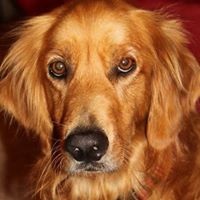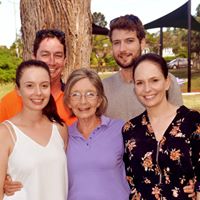What two scientists, who were inducted into the National Inventors Hall of Fame in 2001, invented the fabric treatment known as Scotchgard?
Scotchgard is a 3M brand of products, a stain repellent and durable water repellent applied to fabric, furniture, and carpets to protect them from stains.
The original formula for Scotchgard was discovered accidentally in 1952 by 3M chemists Patsy Sherman and Samuel Smith. Sales began in 1956, and in 1973 the two chemists received a patent for the formula.
In 1999, the United States Environmental Protection Agency (EPA) began an investigation into the class of chemicals used in Scotchgard, after receiving information on the global distribution and toxicity of perfluorooctane sulfonate (PFOS), the "key ingredient" of Scotchgard. The compound perfluorooctanesulfonamide (PFOSA), a PFOS precursor, was an ingredient and also has been described as the "key ingredient" of Scotchgard. Under US EPA pressure, in May 2000 3M announced the phaseout of the production of PFOA, PFOS, and PFOS-related products.
3M reformulated Scotchgard and since June 2003 has replaced PFOS with perfluorobutanesulfonic acid (PFBS). PFBS has a much shorter half-life in people than PFOS (a little over one month vs. 5.4 years). In May 2009, PFOS was determined to be a persistent organic pollutant (POP) by the Stockholm Convention.
Both Patsy O'Connell Sherman and Samuel Smith were inducted into the National Inventors Hall of Fame in 2001.
More Info:
en.wikipedia.org





